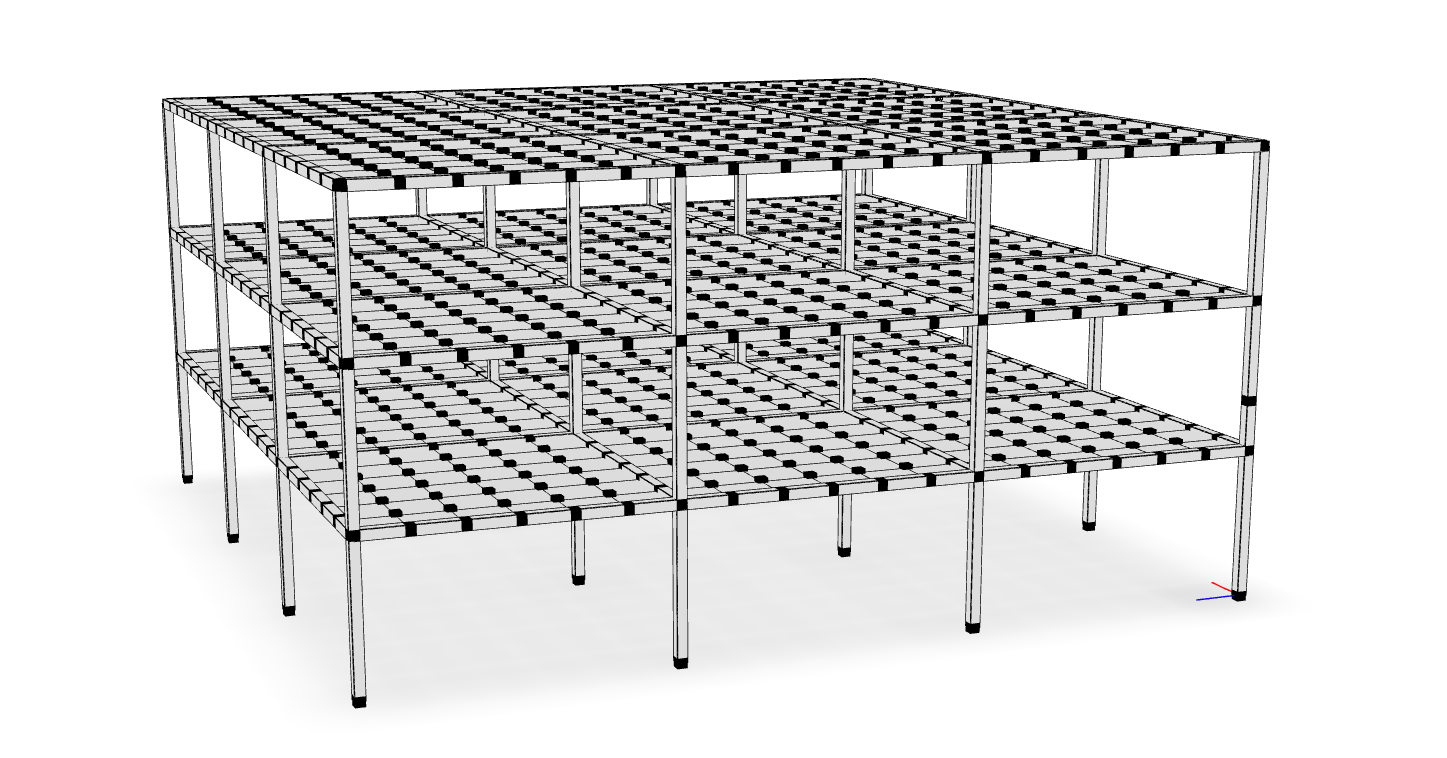Highly efficient and portable finite element visualization framework
sees is a finite element rendering library that leverages modern
web technologies to produce sharable, efficient, and detailed renderings.
sees is a finite element rendering library that leverages modern
web technologies to produce sharable, efficient, and detailed renderings.
Unlike most tools that only provide temporary visualization, sees generates
persistent 3D models that can be stored in files, shared with colleagues, and
viewed with any standard 3D model viewer. This means anyone can interact with
the renderings without needing to install specialized software or even Python.
Simply open the 3D object with your computer’s 3D viewer (e.g., 3D Viewer on
Windows) or load it into a free online viewer in like gltf-viewer.
Documentation is currently under development.
- Detailed Render frames with extruded cross sections
- Persistence: Save your finite element visualizations as persistent 3D models that can be revisited and analyzed at any time.
- Portability: Share your models effortlessly with colleagues, enabling seamless collaboration and review.
- Accessibility: View and interact with the models using any standard 3D model viewer, eliminating the need for specialized software or Python installation.
- Versatility: A wide selection of rendering backends and output file types, including
optimized 3D web formats like
.glb. Generated 3D models can be loaded directly into programs like PowerPoint and animated. - Correctly render models that treat both
yorzas the vertical coordinate.
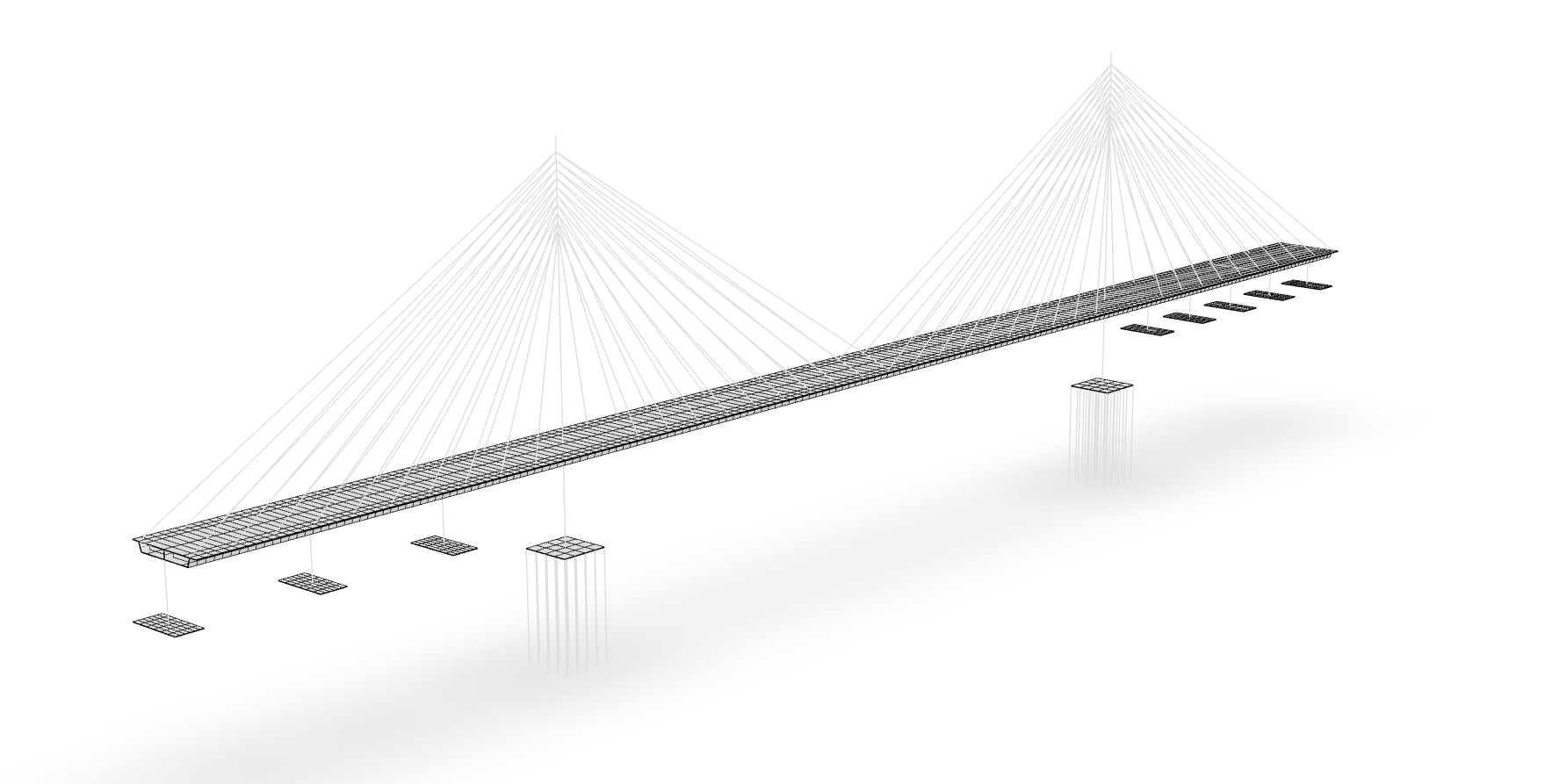 |
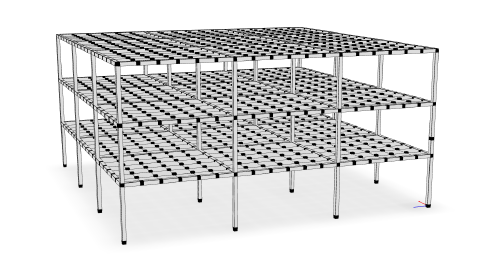 |
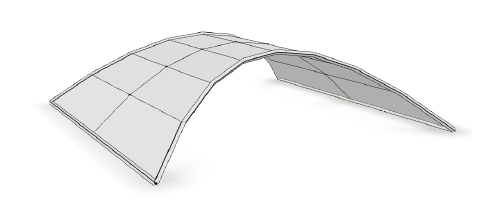 |
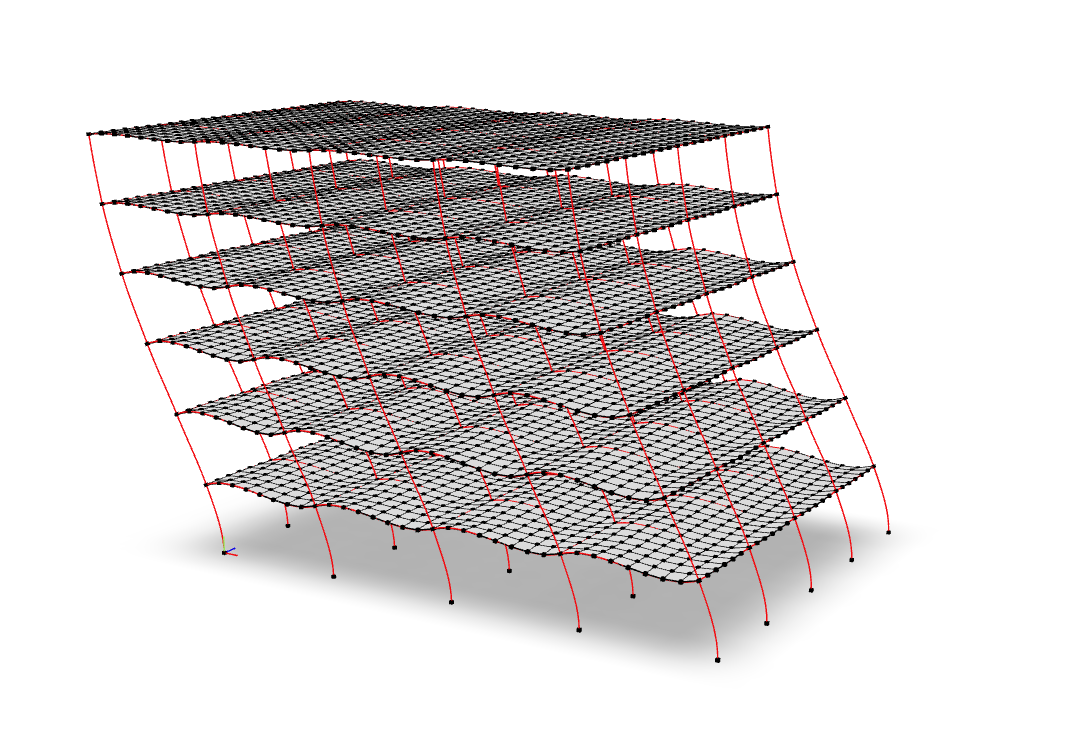 |
To install sees run:
pip install seesTo create a rendering, execute the following command from the anaconda prompt (after activating the appropriate environment):
python -m sees model.json -o model.htmlwhere model.json is a JSON file generated from executing the following OpenSees command:
print -JSON model.jsonIf you omit the -o <file.html> portion, it will plot immediately in a new
window. You can also use a .png extension to save a static image file, as
opposed to the interactive html.
Note Printing depends on the JSON output of a model. Several materials and elements in the OpenSeesPy and upstream OpenSees implementations do not correctly print to JSON. For the most reliable results, use the
openseespackage.
By default, the rendering treats the --vert 3 to render model --vert 2 to render model
If the opensees package is installed,
you can directly render a Tcl script without first printing to JSON,
by just passing a Tcl script instead of the JSON file:
python -m sees model.tcl -o model.htmlTo plot an elevation (elev) plan (plan) or section (sect) view, run:
python -m sees model.json --view elevand add -o <file.extension> as appropriate.
To see the help page run
python -m sees --helpSee also
The sees packages was used to generate figures for the following publications:
- On nonlinear geometric transformations of finite elements doi: 10.1002/nme.7506

|

|
|
